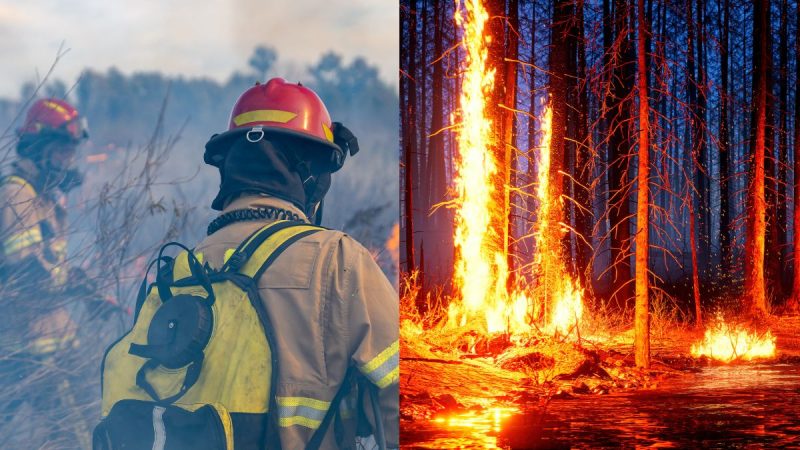Forest fires are a common phenomenon in California, but as the generation progresses, they have become more severe due to human-induced climate change and urban encroachment. The wildfires that began on January 7, 2025, ravaged significant portions of Los Angeles City or LA and its neighbouring regions, with high winds and dry conditions exacerbating the destruction.
LA Wildfires: What’s Still Closed & What’s Open Again Post Fires
Thousands of Angelenos living near the fire-affected areas are ordered to evacuate leading to the closure of many museums, restaurants, and parks. However, as the winds die down and containment efforts improve, evacuation orders are being lifted in some areas. While concerns about air quality remain, more places have started reopening to offer a safe space for residents. Below is our compiled list of major LA. landmarks that remain closed due to the fires and places that have recently reopened.
What Remains Closed?
- Griffith Park,
- Getty Villa + Getty Center
- Self-Realization Fellowship Lake Shrine
- Will Rogers State Park + Topanga State Park
- Skirball Cultural Center
- Runyon Canyon
- USC Pacific Asia Museum
What’s Open Again?
- LACMA
- Norton Simon Museum
- MOCA
- Natural History Museum + La Brea Tar Pits
- The Huntington Library
- Descanso Gardens
- Academy Museum
- The Broad
- Hammer Museum
- Wicked
- Universal Studios Hollywood and CityWalk
Hydroclimate Whiplash Is The Cause Of LA Wildfires?
New reports suggest that Hydroclimate whiplash may have been the cause of the recent wildfire that burned down almost 40,000 acres of Los Angeles County. But what exactly is Hydroclimate whiplash? The phenomena describe the sudden and extreme shifts between wet and dry conditions in a region, often driven by climate change. It’s like going from drought to downpour in a way that disrupts ecosystems, agriculture, and daily life.
According to Down To Earth media, the early part of the 2024 Californian season was marked by predominantly wet conditions, which resulted in the growth of vegetation. This was then followed by an extended period of dry, drought-like conditions. By January 7, 2025, moderate to extreme drought conditions were being experienced by almost 36 per cent of California, while severe to moderate drought was affecting 100 per cent of Los Angeles County. The wet season, which typically begins in October and facilitates the natural regeneration of forests, was not observed during the 2024-25 period. During this time, the overgrown vegetation was dried out, turning into a fire hazard.
We stand in solidarity with those affected by the LA fire and hope for a swift return to normalcy and healing for both the community and wildlife.
Feature Image Courtesy: Canva
For more such snackable content, interesting discoveries and the latest updates on food, travel and experiences in your city, download the Curly Tales App. Download HERE.

